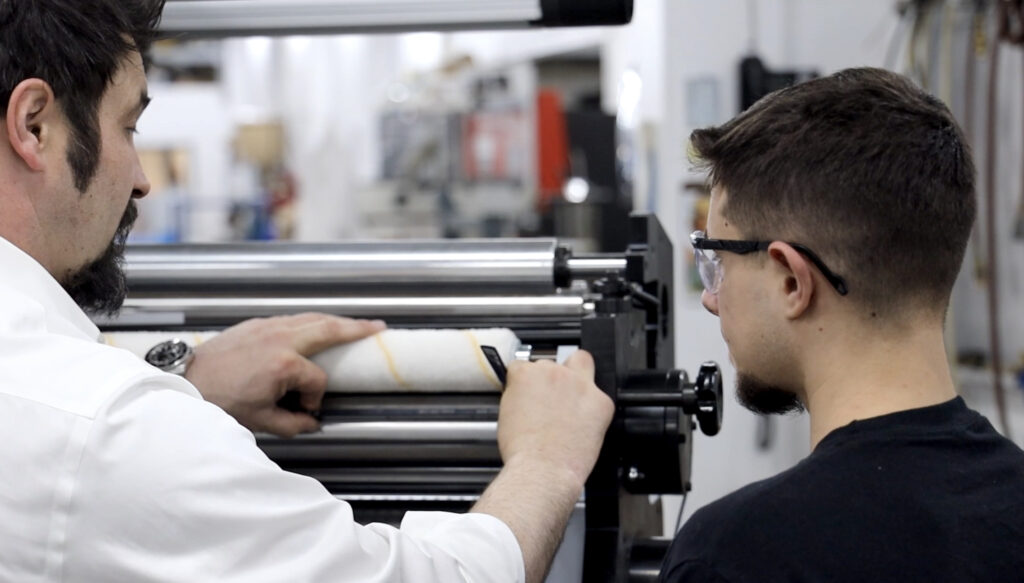Window patching is the process of inserting a thin film layer over a precut window in boxes and envelopes so consumers can see what is inside. Window patching on packaging boxes is commonplace in the food industry, such as on boxes of pasta or bakery goods but can be used for just about any product. Window patching is common on toys to showcase the items inside, enticing children and adults, and can also be used on high-end, luxury items to showcase quality workmanship.
Considerations When Choosing Film for Window Patching
Allowing customers to see what is inside your packaging is the goal of designing boxes with windows, although it is just as important to make sure your products are protected. Inserting windows that are transparent and provide the right amount of durability and protection to keep food items fresh and all other items safe is critical. If your items arrive to be set out on store shelves with torn windows, the entire box is a defect and must be returned and repackaged.
Window size
One of the most important considerations when choosing film for window patching is the window size. Packages designed with a large window should use a stronger, thicker type of film that is less susceptible to tearing. Larger windows leave more space or something can go wrong, something can poke or tear the window and prevent that item from being sold.
Stability of items
Consider the external and environmental conditions your products will be exposed to before choosing the best type of film for window patching. Products that can become damaged in high humidity or heat are not stable. Thin films are more likely to wrinkle and crack under high temperatures and, therefore would not provide good protection for the products inside. Make sure your window film patching material stands up to shipping, storage, and retail sale conditions while protecting products inside.
Types of Window Patching Films
Two of the most common types of window patching films include polyethylene terephthalate (PET) and polyvinyl chloride (PVC).
PET film for window patching provides excellent protection and tamper resistance, although it is a light film and could be prone to scratching. PET film is a common choice for food items as it holds up to external pressure pretty well to protect products inside.
PVC films provide greater resistance to wear and tear and hold up against scuffs and other environmental conditions like moisture. PVC film, however, can discolor in degrade when exposed to ultraviolet (UV) rays. This may cause rippling in the window and even an odor which is why PVC is not recommended for food items. PVC can be a good choice for products that require extra protection against frequent or heavy handling.
Other types of film used for window patching include polyolefin, which is ideal for shrink wrapping and some boxed goods. Polyethylene is often used for frozen foods. Polypropylene is a good choice for some bakery goods and candy items. Laminated foils are often used for items that are sensitive to light or air.
Tamarack® Offers Window Patching Equipment Solutions
Tamarack® Products offers more than 50 years of experience in designing, engineering, and manufacturing high-quality web finishing equipment solutions such as the Vista® Window Patcher in-line window patching equipment. Tamarack’s Vista® patches window films for both short-run and high-volume folding carton projects to efficiently affix susceptor patches, liners, and rigid windows for specialty cartons.
Tamarack® Products excels in providing customized equipment used in their forms, label, and packaging industries. We specialize in helping customers with die cutting, gluing, and window patching for high quality and efficient production. Contact us with any questions and to learn more about choosing the right type of film for your window patching project.





